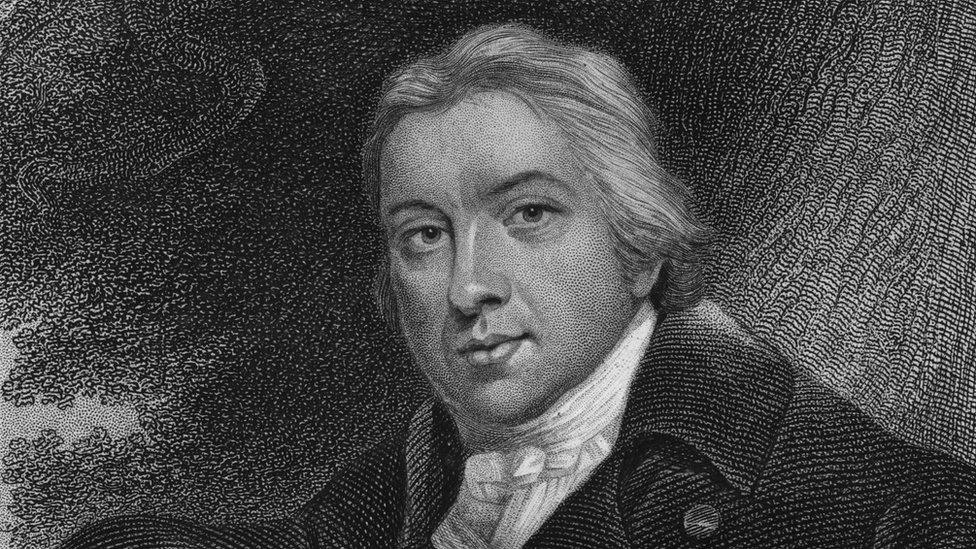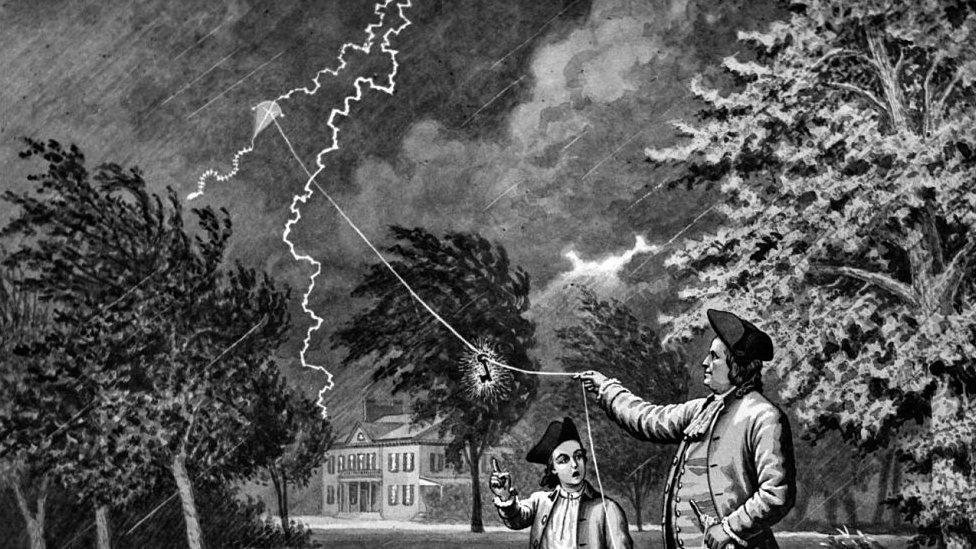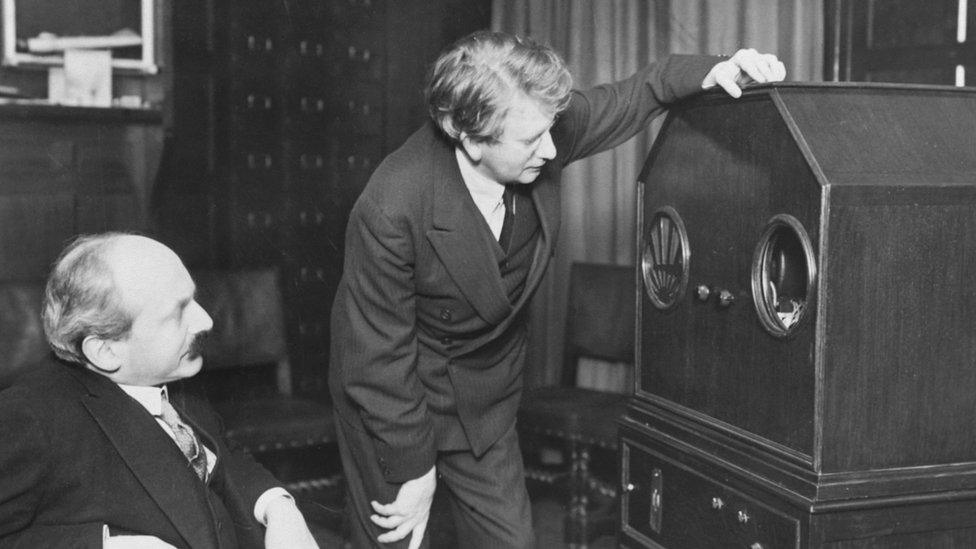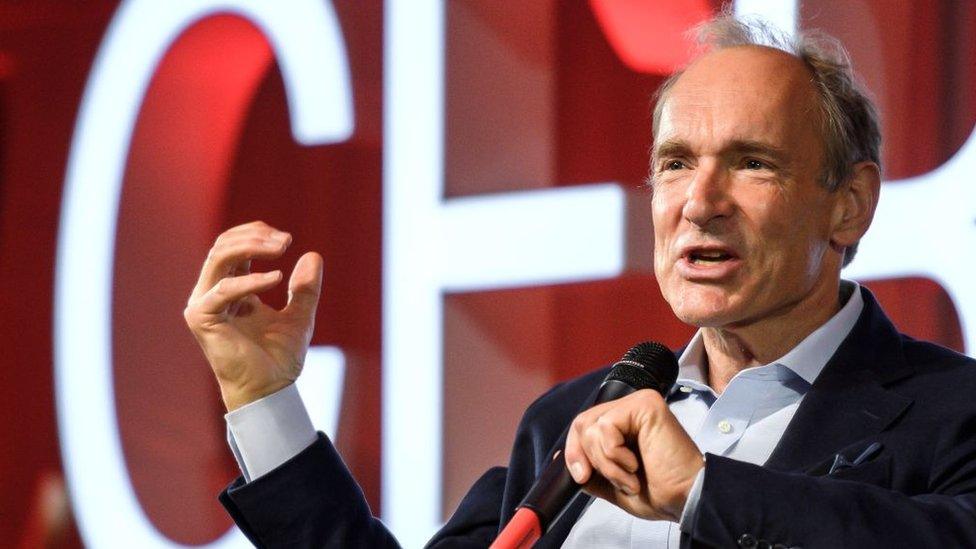Vaccines, light bulbs and other amazing inventions that changed the world
- Published
- comments
The amazing scientific discoveries that changed the world
From light bulbs, rockets and vaccines, the world is ever changing.
It can be hard to imagine what life was like before electricity and even running water.
But there was a time when these things were simply an idea that somebody once had.
With so much attention being made to how science is helping in the fight against coronavirus, we have put together a quick guide to some of the worlds most amazing and innovative inventions and the people who came up the ideas for them!
Vaccinations

Edward Jenner
Vaccinations are one of the modern world's greatest inventions - simply because they help save lives.
Without many of the vaccinations that are given to children and adults in the modern world lots of people would be seriously ill.
The first vaccine was developed and introduced by Edward Jenner in 1796. His vaccination was for small pox and because of the vaccination small pox was declared eradicated - meaning there are no cases - in 1979.
Vaccinations have continued to grow in strength and numbers. There are now vaccinations for all kinds of illnesses that would previously have caused lots of people to get ill.
Vaccine discoveries continue right up to 2020. Work has been done by scientists to develop coronavirus vaccines to protect against Covid-19.
Harnessing Electricity

Benjamin Franklin and the kite experiment
There's not much in the modern world that happens without electricity, but where did it come from?
Electricity is part of the natural world but harnessing it to use in our own lives was a big development.
One of the pioneers in this area was United States' founding father, scientist, writer and politician Benjamin Franklin - who invented one of the first types of electric batteries.
He used Leyden jars to conduct his experiments with electricity. A Leyden jar was made of glass, covered with metal foil on the inside and outside - and filled with water.
One of Benjamin's most famous experiments involved a kite and a Leyden jar, he attached a long wire to a kite made of silk. He then used it to draw electricity from storm clouds and charge a Leyden Jar.
Through his experiments, he proved that storm clouds carried electricity and lightning was nothing but a heavily charged spark of electricity.
But he wasn't the first to experiment with electricity - archaeologists found early battery-like devices in an ancient Roman site near Baghdad.
Television

The first television... no, really. This is the Model B Televisor, made by the Baird Television Development Company Ltd.
Televisions now might be used for everything from Netflix, iPlayer and your PlayStation - you might even watch some broadcast tv on it - but there was once a time when 'all' it did was reproduce audio and video. However, at the time that was pretty incredible.
That development was all thanks to John Logie Baird, a Scottish inventor.
On January 26 1926 he gave the world's first demonstration of true television before 50 scientists in an attic room in central London.
Developments continued and in 1936 the BBC transmitted the first television service from Alexandra Palace in London, By 1937, 50,000 viewers watched the coronation of King George VI, broadcast from Westminster Abbey.
The first prototype of the television was made up of things in the house. Like a hatbox, some bicycle lights, a pair of scissors, darning needles, glue, and sealing wax.
Early televisions were small, their screens were around 23cm (9 inches), the picture was grainy and signal was easily lost - for example, a car passing by could even interfere with the pictures!
Even at he beginning of the 1950s, television was only enjoyed by people with money to spare. However, by the 1970s virtually every home in Britain had a television.
The internet

Sir Tim Berners-Lee, pictured in 2019
It is hard to think of a time when internet didn't exist. The internet can now be used for shopping, working, streaming and, as 2020 has shown, keeping in contact with people who can't be seen physically.
However it hasn't always been around, and like many amazing inventions, it was lots of brilliant brains working together that created the internet.
Among them were British computer scientist, Tim Berners-Lee is said to be the inventor of the World Wide Web. In 1990-1991 he wrote software which created the World Wide Web which allows people to see websites on a computer.
Since then many computer scientists have built on his design and theories to make the internet what it is today.
- Published23 September 2016

- Published25 November 2020

- Published17 January 2019

